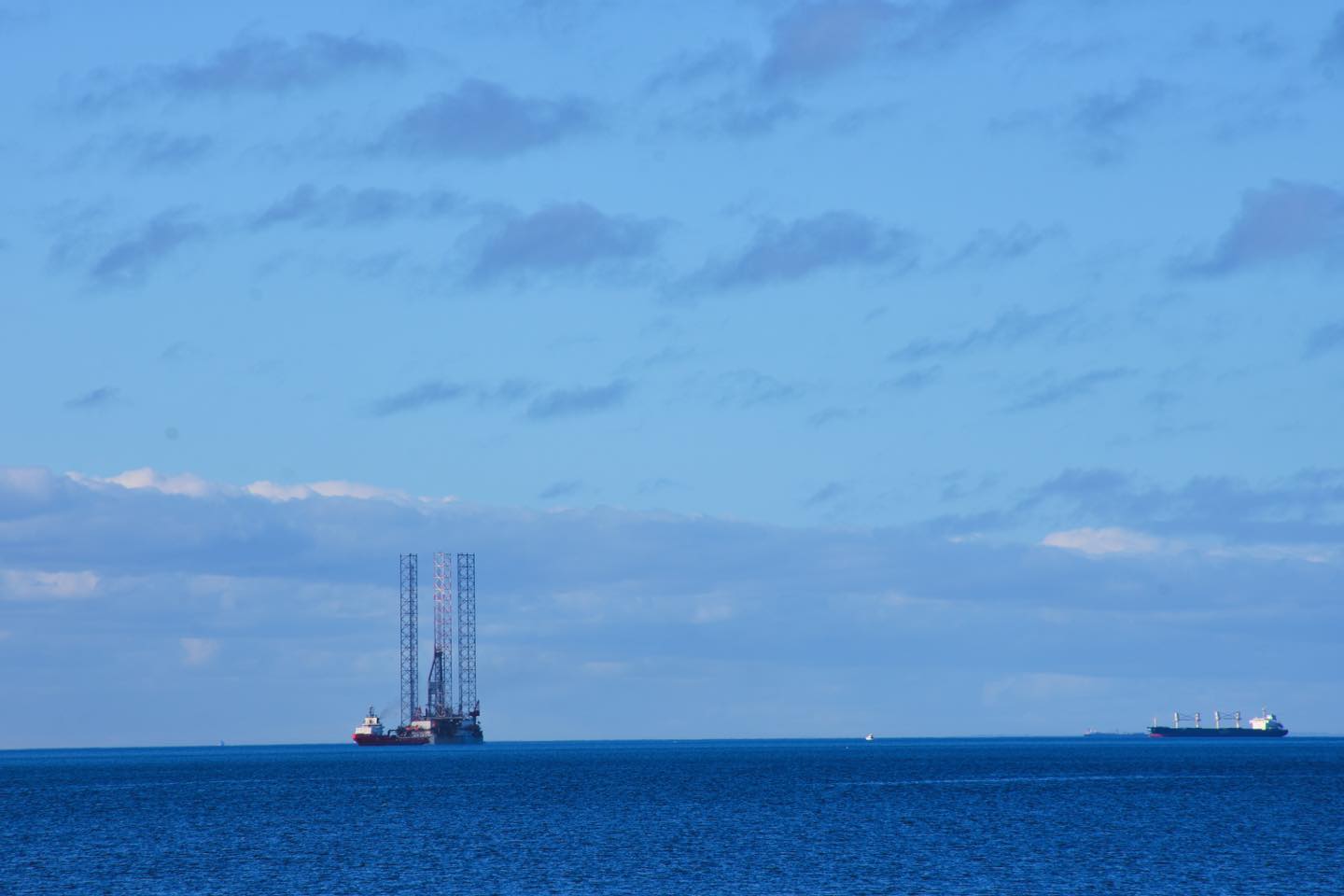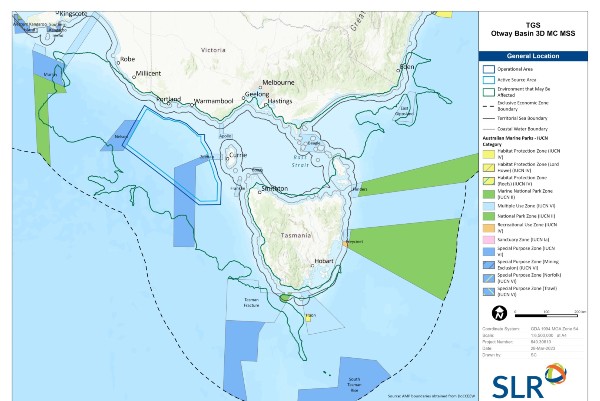More than thirty-thousand submissions have been made over a plan to seismic blast off Victoria’s coast in the search for fossil fuels.
Oil and gas company TGS wants to conduct a 3D marine seismic survey over five-and-a-half million hectares in the Otway Basin, one of the biggest proposals of its kind in Australian waters.
Most of the submissions are against the survey, that would see a survey vessel seismic blast the ocean and floor in Australian Whale Sanctuary protected waters for hundreds of days.
“It’s totally unacceptable that gas exploration companies can seismic blast in a whale nursery and superhighway when seismic blasting can deafen whales and kill their primary food source, zooplankton,” Australian Marine Conservation Society’s Louise Morris said.
“This area is one of the most important regions for the endangered blue whale and southern right whale.”
TGS’s 1400-page Environment Plan (EP) submitted to Australia’s offshore energy regulator NOPSEMA mentions ‘whale’ 2125 times.
The EP concludes that potential impacts of blasting on species like blue or southern right whales would be ‘moderate’ or ‘low’.
Opponents of the practice and project question how such a prediction can be made given the blasts are up to 256 decibels, and will be fired multiple times a minute for hundreds of days.
“The blasts that are released every ten seconds are absolutely deafening… one of the loudest man made sounds on the planet,” Surfrider Foundation marine scientist Annie Ford said during the submission period on the EP.

An offshore exploration rig in Port Phillip Bay (Facebook: Wyndham Harbour)
The EP acknowledges the presence of 34 threatened or endangered species in the operational area, that is well known migration route for whales and other marine animals.
As opposition to the project grows, Resources Minister Madeleine King has just announced that the Otway Basin is one of ten areas off Australia’s coast that will be opened up for further exploration from the fossil fuel sector, this time for potential carbon capture and storage (CCS) sites.
The costly and controversial practice involves capturing, transporting and storing greenhouse gas emissions from power stations, energy intensive industries and gas fields, and injecting it back into the ground.
Ms King says the acreage release for potential CCS sites could help Australia lower its emissions and meet net-zero commitments.
“Both the Climate Change Authority and the International Energy Agency have said CCS will be an important technology to help the world achieve its climate goals,” she said.
Critics of the practice point out that after decades of pilot projects around the world, few – if any – have met promised benchmarks.
“Carbon capture and storage is not a climate solution, but an expensive attempt to prolong the role of fossil fuels in the energy system,” Climate Councillor Greg Bourne said.
“The government needs to be focused on building a resilient, renewable economy, not throwing taxpayer dollars at fossil fuel producers and failed technology.”








